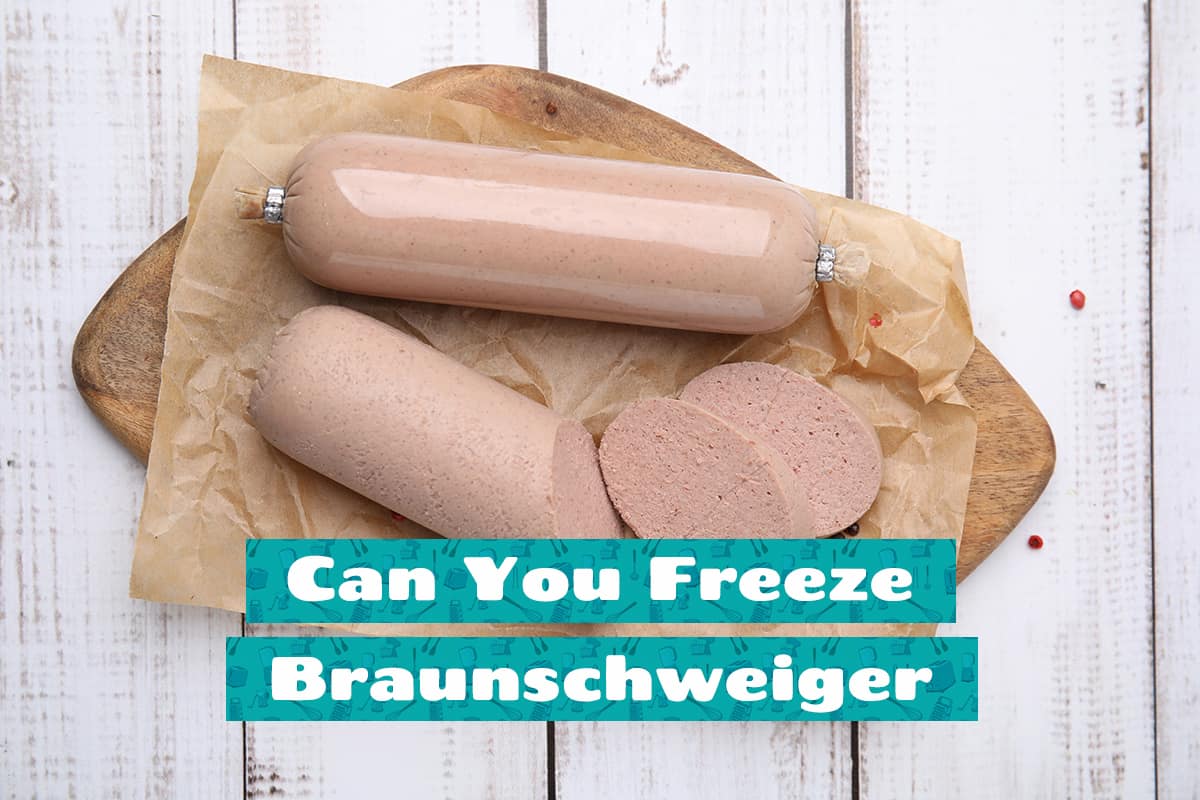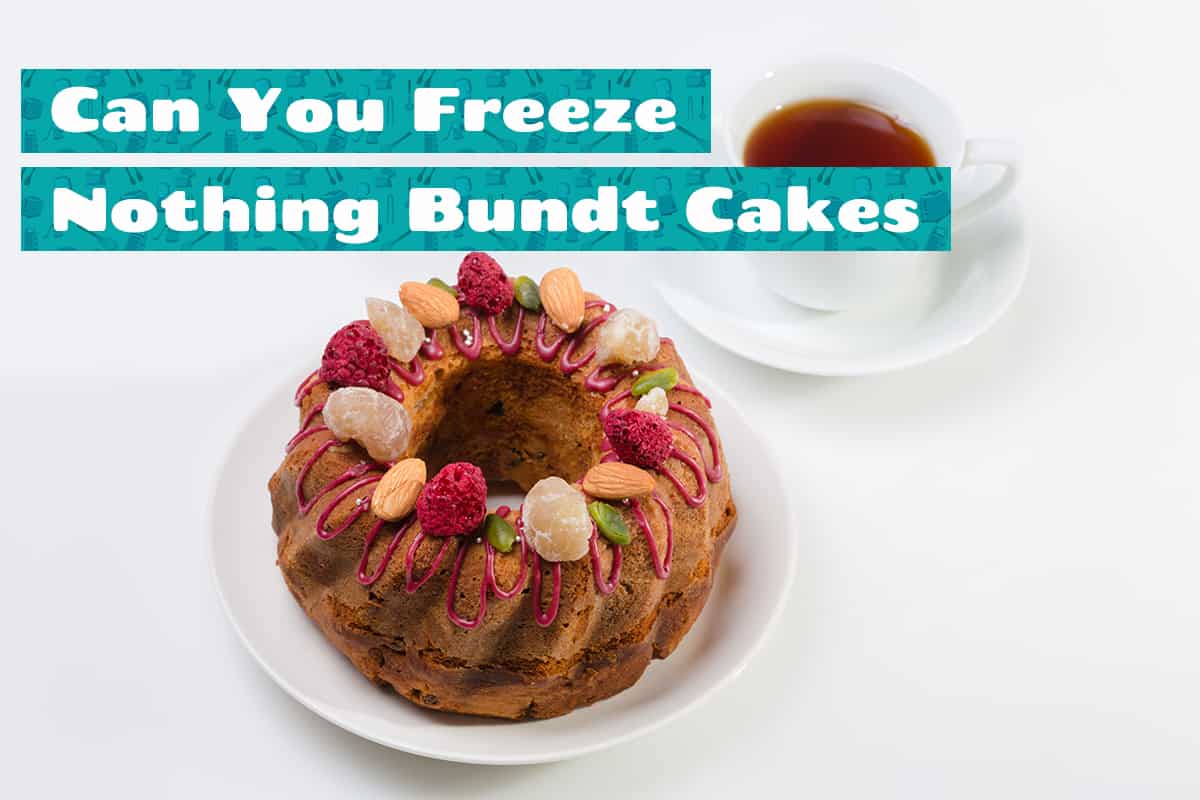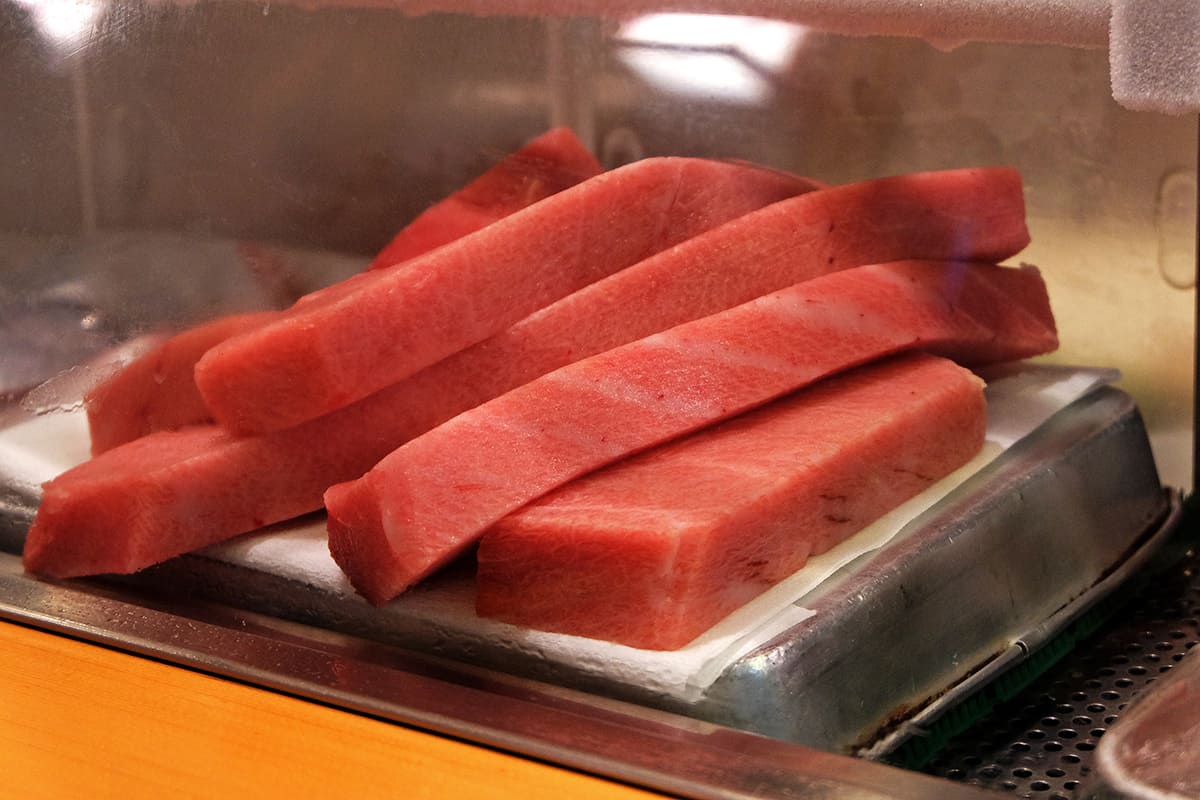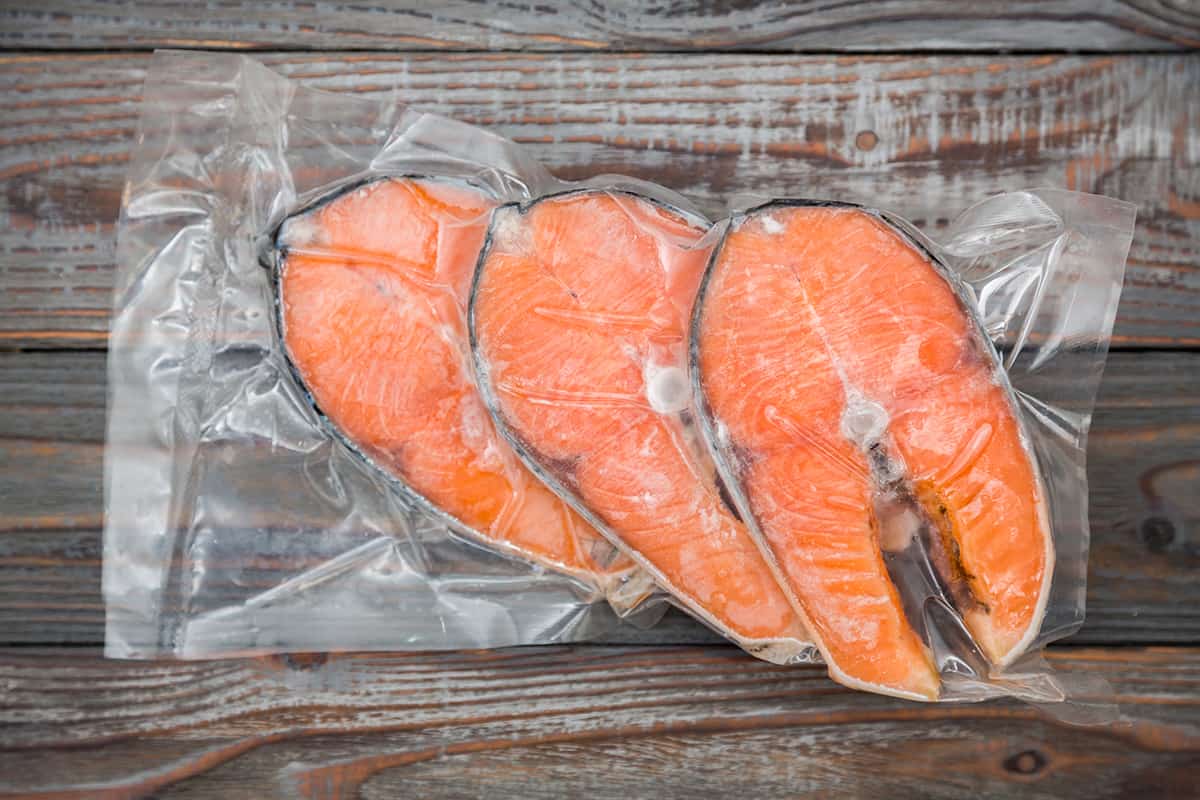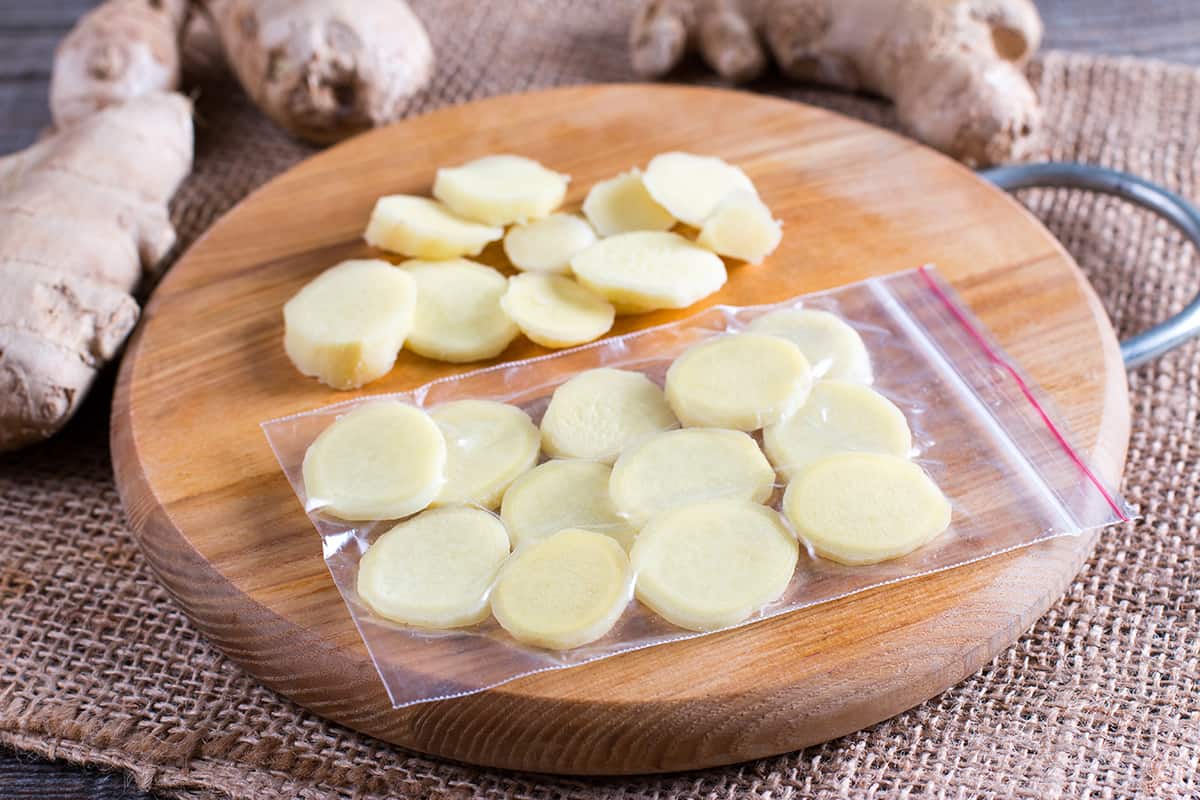A frustrating and potentially costly issue is ice buildup in the freezer. This can affect the freezer’s efficiency, leading to higher energy costs and making it more difficult to open and close the door, as well as access and store food.
There are 4 methods you can try to get rid of ice buildup in your freezer:
- Fix the door seal or gasket
- Adjust the thermostat
- Don’t overfill the freezer
- Defrost the freezer
For the remainder of this short guide, I’ll explain the dangers associated with ice buildup in your freezer, what causes it, and how you can get rid of it.
Dangers of Ice Buildup in the Freezer
Ice buildup in a freezer can cause damage in a few different ways.
1. Difficult to open and close the freezer door
The accumulation of ice on door hinges can cause extra stress and eventual failure. Additionally, if the ice accumulation prevents the door from sealing correctly, it will force the freezer to work harder to maintain the correct temperature, which could lead to damage to the cooling system.
2. Difficult to access food
Extensive ice buildup can make it difficult to move around in the freezer and store food. The ice’s added mass can also cause problems with the shelves and drawers, making them more likely to break or be damaged.
3. Ice buildup can also lead to decreased efficiency and increased energy consumption.
It’s possible that the freezer’s cooling system would have to work harder, using more energy, if the ice buildup was preventing air from circulating freely inside. This is not only wasteful financially, but it can also reduce the freezer’s useful life.
What Causes Ice Buildup in the Freezer?
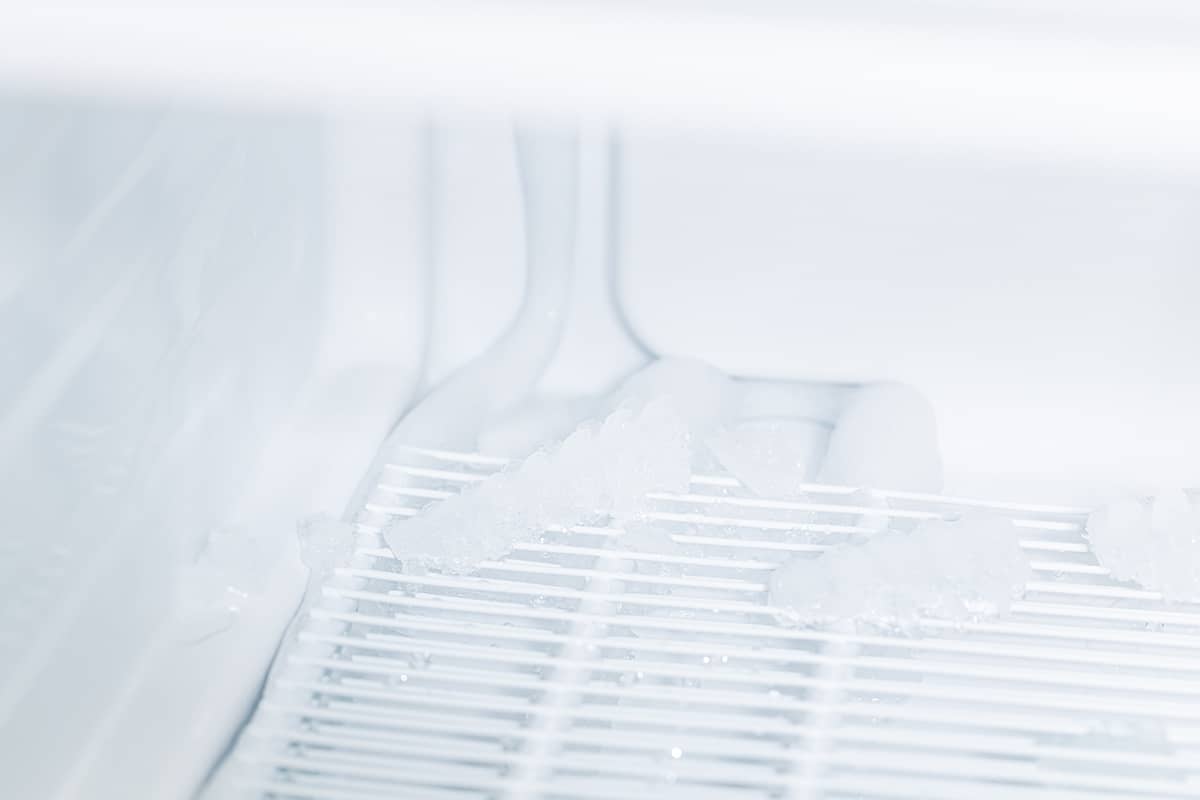
Let’s take a look at the most common causes of why ice can accumulate into huge, disruptive chunks in your freezer.
1. Damaged door seal or gasket
There are a few potential causes of ice buildup in a freezer, but the most common is a faulty door seal. To begin, the freezer’s cold air could escape and warm air could be let in if the door seal is damaged or worn. The internal temperature of the freezer may rise as a result, causing ice to form.
Frozen door seals also prevent the door from closing properly, allowing warm air to enter the freezer and raising the internal temperature. In addition, if the freezer’s door seal is broken, the appliance will have to work harder to maintain the set temperature. The cooling system may not be able to handle the additional load and may fail as a result.
2. Incorrect temperature settings
There are a number of ways in which improper freezer temperature settings can lead to ice buildup. Too cold of a temperature can cause atmospheric moisture inside the freezer to solidify, creating an icy mess than can be difficult to resolve.
Similarly, an uncontrollable ice buildup can occur if the temperature outside the freezer is very low, which can cause the door seal to freeze and render the door ineffective.
3. Overloading the freezer
There are a few potential causes of ice buildup in the freezer when it has been overloaded. If your freezer is stuffed to the gills, it won’t be able to circulate the air it needs to stay at the right temperature. As atmospheric moisture freezes, this can cause a buildup of ice.
The shelves and drawers in your freezer can be broken or otherwise damaged if they are overloaded, creating more room for ice to form.
4. Malfunctioning cooling system
Before anything else, the freezer’s ability to keep the right temperature can be compromised by problems with the cooling system. If the air inside the freezer gets too cold, any moisture in it will condense into ice, which will accumulate over time and make the freezer unusable.
In addition, the freezer will have to work harder to maintain the set temperature if the cooling system is malfunctioning. Because of this, the cooling system may be overworked and break down prematurely.
How to Get Rid of Ice Buildup in the Freezer
If you find large amounts of ice accumulating inside your freezer, try doing any of the following:
1. Fix or replace the door seal or gasket
- Remove any debris and clean the seal or gasket. Clean the seal and its surrounding area with a gentle detergent and a soft cloth.
- Check for cracks in the gasket or seal. Investigate any damage, such as breaks or holes.
- If the seal is cracked or damaged in any way, you will have to replace it. A new gasket or seal can be purchased from any home appliance parts retailer or even online.
- It is necessary to remove the old gasket or seal before installing the new one. In most cases, this will require removing screws or clips.
- It’s important to clean the area thoroughly before installing a new gasket or seal, and again after removing the old one.
- Put the new gasket or seal in place, and then use the screws or clips you took out to hold it in place.
- Make sure the seal or gasket on the freezer door is making a good, tight seal by closing the door and checking it. If it is not, try moving the seal or gasket around until it fits properly.
2. Adjust the thermostat
Locate the thermostat, which looks like a small dial or slider on the back wall of the freezer. To learn what temperature your freezer should be set at, check the manual that came with it.
- Put in the desired temperature setting on the thermostat. A warmer temperature is achieved by moving the dial or slider to a lower number, and a colder one is achieved by moving it to a higher number on most models.
- Just to make sure, let the freezer run for a few hours to make sure the temperature is right. Make the necessary temperature adjustments if your freezer is too cold or warm.
- Make sure the freezer is keeping the right temperature by checking its temperature on a regular basis. You should probably call a repairman if the freezer’s temperature is always off, whether it’s because of a faulty thermostat or the actual freezer.
The ideal freezer temperature is 0°F or -18°C. To ensure that your freezer meets this temperature requirement, you should consider investing in a freezer thermometer.
3. Don’t overfill the freezer
Usually, you’ll know when there’s too much stuff in your freezer. When the contents of your freezer fall to the floor as soon as you open the freezer door, it’s probably too full.
Here’s a general guideline on how to organize the contents of your freezer:
- Put things you use most often within quick reach. Time and effort spent rummaging through the freezer will be minimized if you do this first.
- To avoid items drying out or taking on the odors of other items, seal them in airtight containers or bags.
- Arrange similar objects together, such as meats and frozen vegetables.
- Make it easier to find what you need and keep things in order with the help of storage bins or baskets.
- Marking the date of freezing can help you determine how long an item has been in storage.
- Freeze with a few empty shelves to promote airflow and facilitate access to items stored in the back.
- Don’t cram too much into the freezer; doing so can affect the temperature and make it more difficult to get to your food.
4. Defrost the freezer

There are 2 ways to defrost your freezer—the manual method and choosing the auto defrost mode in your freezer (if available).
Manual method
- Take everything that needs to be kept cold out of the freezer and place it in a cooler with ice packs.
- Shut off the power to the freezer.
- You can speed up the melting of the ice in your freezer by leaving the door open.
- To hasten the process, you can use a hair dryer to melt the ice or put a bowl of hot water inside the freezer.
- Use a soft scraper or a wooden or silicone spatula to remove the ice from the freezer’s walls and floor as it melts.
- Clean the inside of the freezer by wiping it down with a dry cloth to get rid of any ice or water that may have accumulated.
- Turn on the freezer and make sure it is plugged back in. Don’t bother putting food back in for several hours while it’s still hot.
Defrost mode
Use the automatic defrost function of your freezer if it has one. Consult the owner’s manual to figure out how to run the auto defrost cycle.
- When it’s time for the defrost cycle, the freezer will cease cooling and start melting the ice on its own.
- Place a tray or pan at the bottom of the freezer to collect the melting ice.
- Once the cycle is complete, the freezer will restart the cooling cycle and cool down to its normal temperature.
- Use a dry cloth to wipe down the inside of the freezer to get rid of any remaining moisture.

